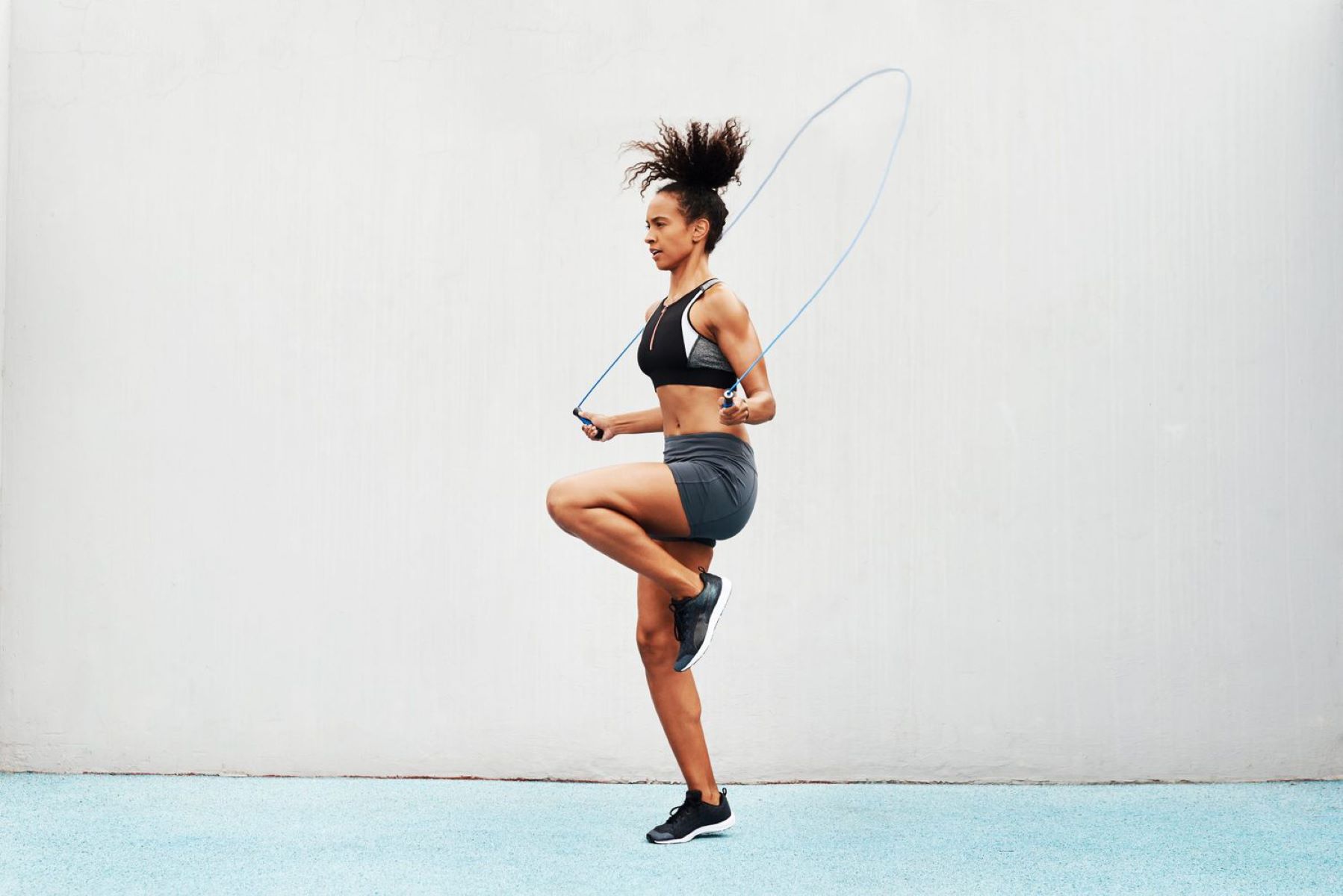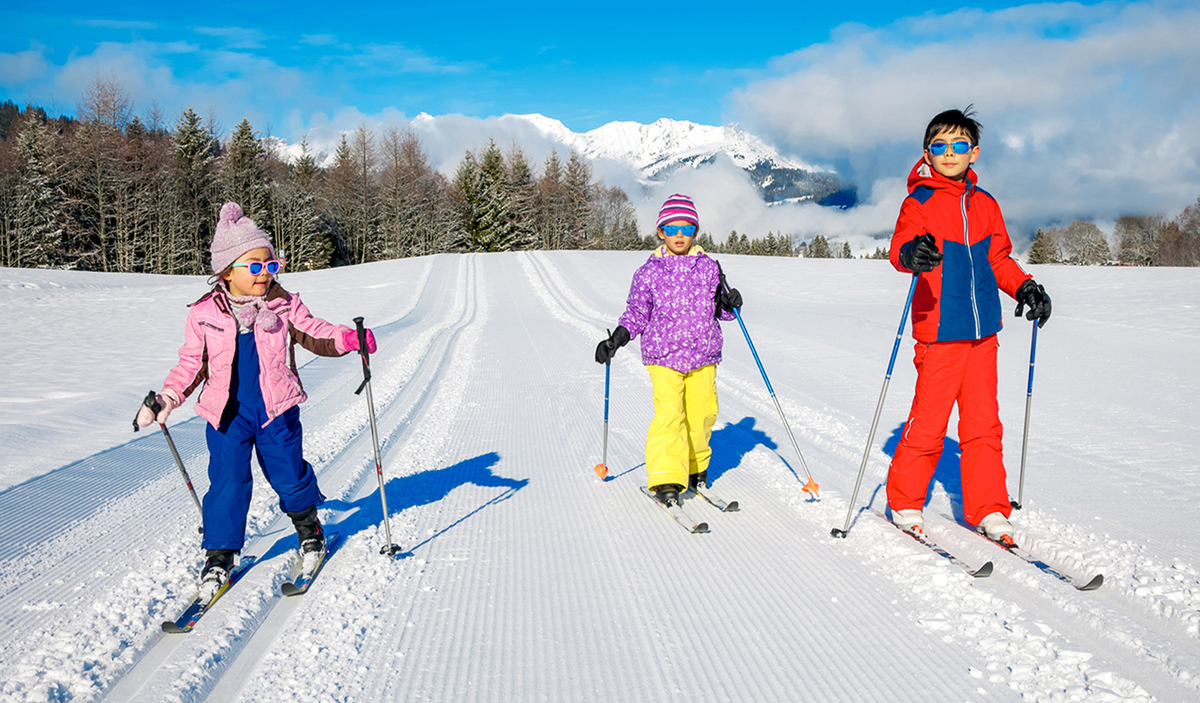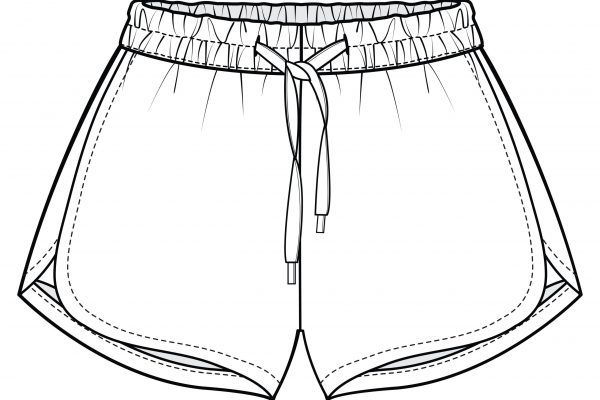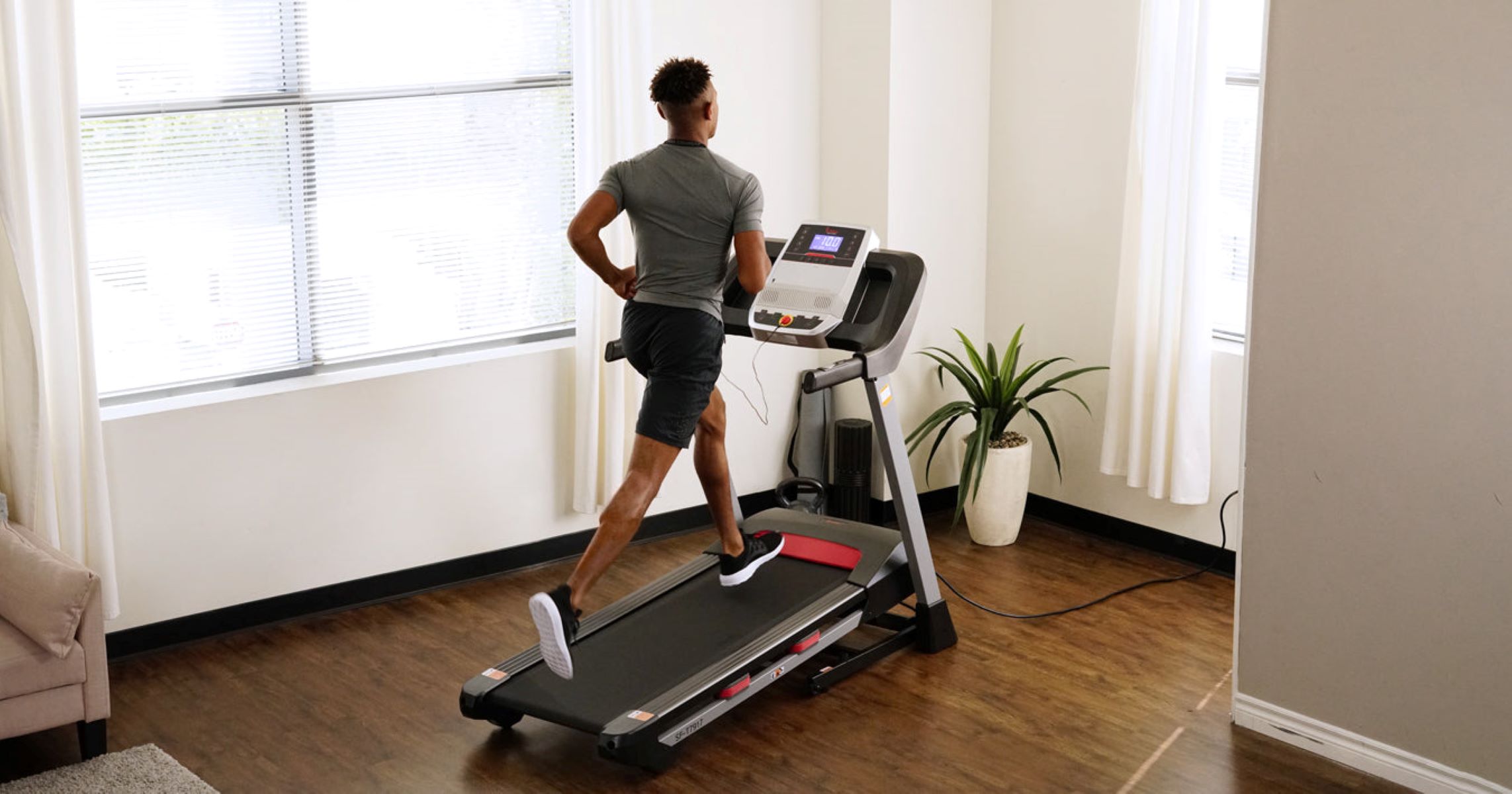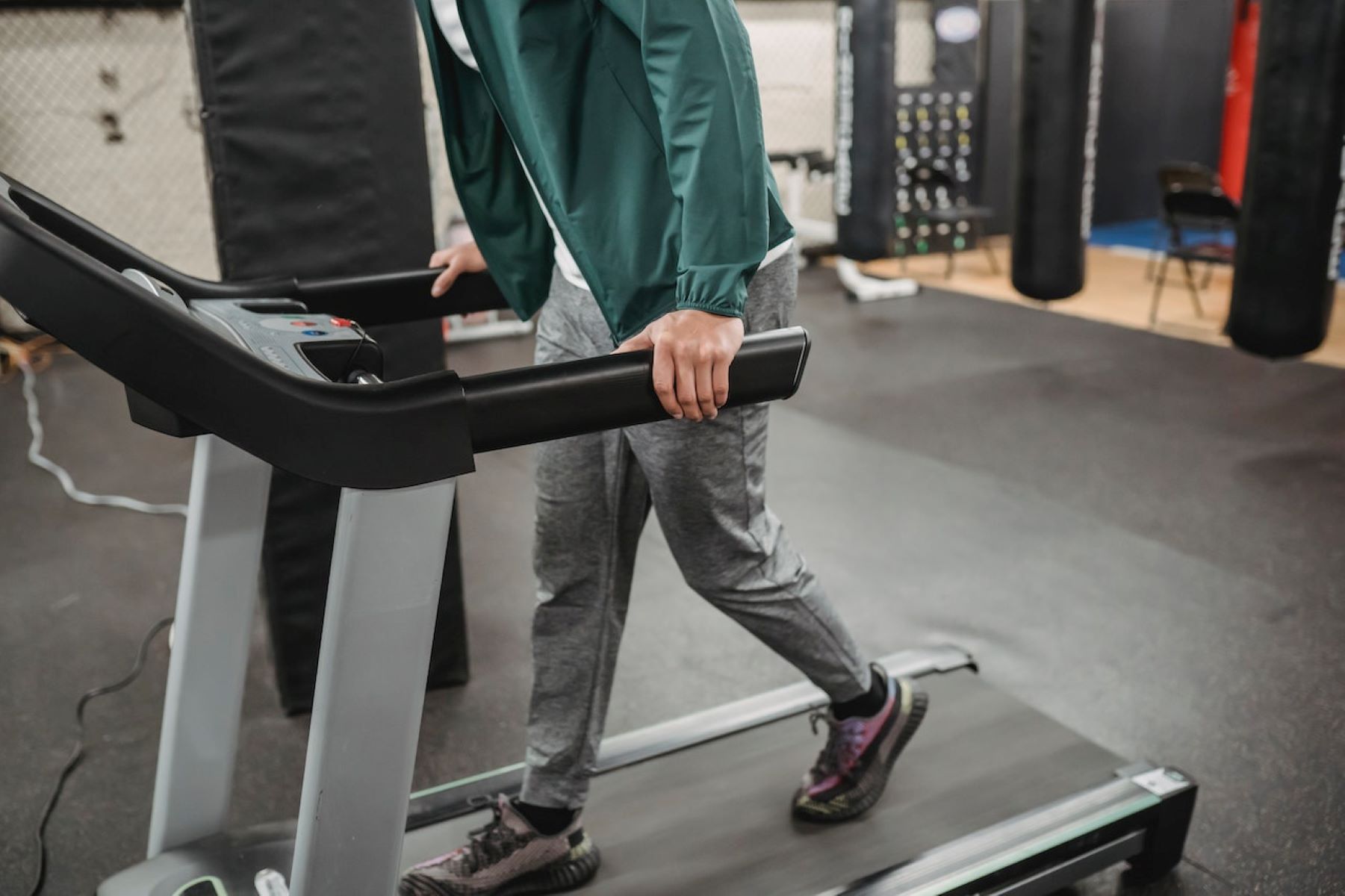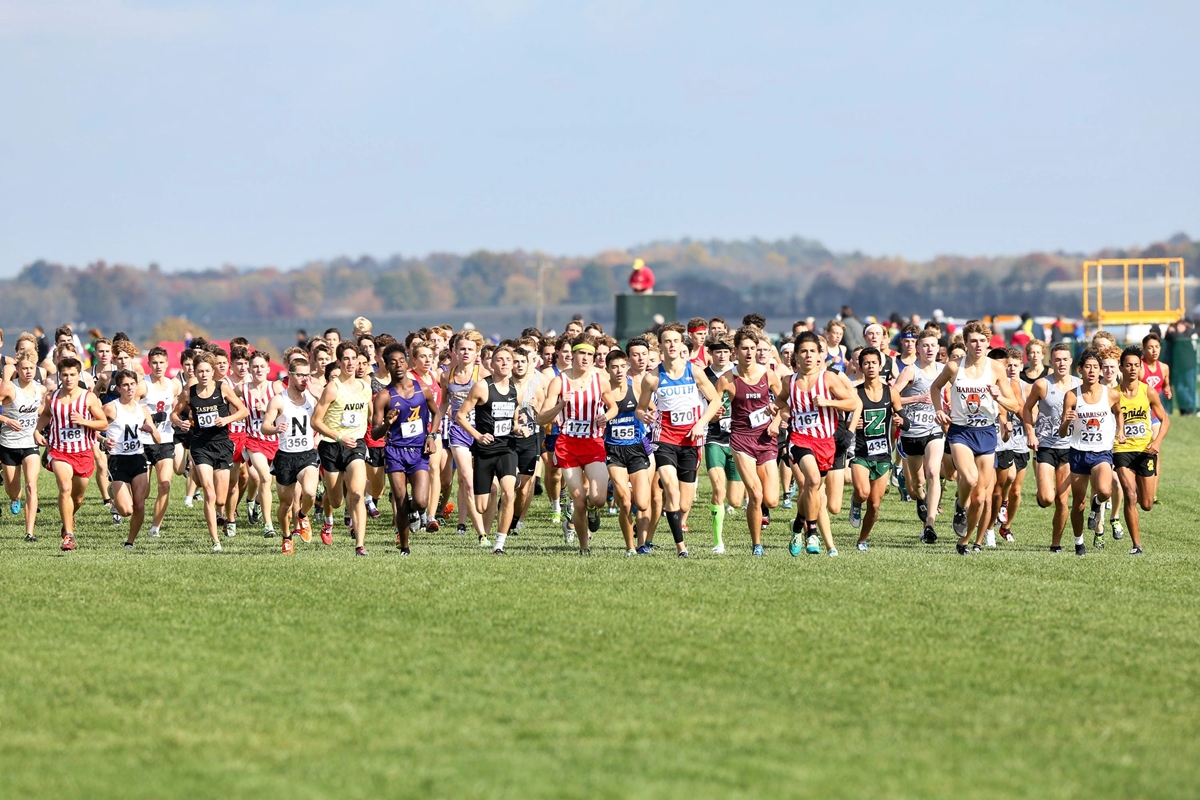

Length
Understanding the Basics of Shorts Length
Modified: August 19, 2023
Get a clear understanding of the basics of shorts length with this informative guide. Explore the different lengths of shorts, from mini shorts to capris pants, and learn about their respective characteristics and style preferences.
When it comes to running shorts, one size does not fit all. The length of your shorts can significantly impact your comfort and performance. This guide will help you understand the basics of shorts length, ensuring you make the best choice for your running needs.
The Importance of Shorts Length
Choosing the right length for your running shorts is crucial for several reasons:
- Comfort: The length of your shorts can affect how comfortable you feel during your run. Shorts that are too long may cause chafing, while those that are too short may not provide adequate coverage.
- Performance: The right length can enhance your performance by reducing restrictions on your movement. Shorts that are too long may hinder your stride, while those that are too short may ride up and cause distractions.
- Style: Your running shorts are an extension of your personal style. The length you choose can reflect your personality and make you feel more confident on your run.
The Rule of Thumb for Shorts Length
As a general rule, running shorts should always hit above the knee. This length provides a balance between comfort and freedom of movement. However, the exact length can vary based on personal preference and the type of running you do. For instance, trail runners might prefer longer shorts for extra protection, while sprinters might opt for shorter ones for maximum speed.
The Impact of Shorts Length on Style and Comfort
The length of your running shorts can significantly impact both your style and comfort:
- Style: Shorts that hit above the knee tend to create a more streamlined and athletic look. They can also make your legs appear longer, which can be a plus for shorter runners.
- Comfort: Shorts that are too long can cause chafing and restrict movement, while those that are too short can lead to discomfort due to lack of coverage. The ideal length is one that allows you to move freely and comfortably.
The Difference Between Shorts, Capris, and Crop Pants
When choosing your running attire, it’s essential to understand the difference between shorts, capris, and crop pants:
- Shorts: These typically end above the knee and are ideal for hot weather or high-intensity runs.
- Capris: These are longer than shorts but shorter than full-length pants. They end just below the knee and are a good choice for cooler weather or low-intensity runs.
- Crop Pants: These are a bit longer than capris, ending mid-calf. They offer more coverage and warmth, making them suitable for cold weather runs.
How to Measure Shorts Length
Measuring shorts length is straightforward:
- Waist to Knee: Measure the distance from your waist to your knee. This is your maximum shorts length.
- Waist to Mid-Thigh: Measure the distance from your waist to mid-thigh. This is your minimum shorts length.
- Inseam: Measure the length from the crotch seam to the end of the shorts. This is the inseam length, which is often used to determine shorts length.
Delving Deeper into Shorts Length
The Debate: Shorts Above or Below the Knee
The debate between shorts above or below the knee is a matter of personal preference and running style. Above-the-knee shorts are generally preferred by runners due to their lightweight nature and less restrictive fit, allowing for maximum mobility. They also tend to be more breathable, which is beneficial for long-distance or high-intensity runs.
On the other hand, below-the-knee shorts (often referred to as capris or crop pants) provide more coverage and are typically chosen for cooler weather or trail running where additional protection may be needed. However, they may restrict movement slightly compared to their shorter counterparts.
Factors Influencing the Choice of Shorts Length
Several factors can influence your choice of running shorts length:
- Weather: In hot weather, shorter shorts can help keep you cool, while longer shorts can provide warmth in cooler temperatures.
- Type of Running: Trail runners may prefer longer shorts for added protection, while road runners might opt for shorter shorts for speed and mobility.
- Personal Comfort: Some runners may feel more comfortable in longer shorts, while others prefer the freedom of shorter ones.
- Body Type: Your body type can also influence the length of your shorts. For example, taller runners may prefer longer shorts, while shorter runners might find shorter shorts more flattering.
The Role of Body Build in Choosing Shorts Length
Your body build plays a significant role in choosing the right shorts length. For instance, if you have longer legs, you might prefer shorts with a longer inseam to provide adequate coverage. Conversely, if you’re shorter, you might find that shorter shorts make your legs appear longer, enhancing your overall proportions.
It’s important to try on different lengths and styles to find what works best for your body type and comfort level.
The Fashion Perspective on Shorts Length
From a fashion perspective, running shorts should be functional yet stylish. Above-the-knee shorts are often seen as more modern and athletic, while below-the-knee shorts can give a more relaxed, casual vibe.
However, the most important thing is that your shorts suit your personal style and make you feel confident. Whether you prefer bold patterns, bright colors, or more subdued designs, there’s a pair of running shorts out there for you.
How to Wear Shorts Correctly
Wearing running shorts correctly can enhance your comfort and performance:
- Fit: Your shorts should fit well at the waist without being too tight. They should also allow for full range of motion.
- Length: As discussed, the length should be above the knee for maximum mobility. However, personal preference and running conditions can influence this.
- Undergarments: Consider wearing moisture-wicking underwear or built-in liners for additional comfort and support.
- Pairing: Pair your shorts with appropriate running shoes and socks for optimal performance and comfort.
Conclusion
Choosing the right length for your running shorts is a personal decision that should take into account your comfort, style, and running conditions. Whether you prefer your shorts above or below the knee, the most important thing is that they enhance your running experience.
FAQ
Are shorts supposed to go past your knees?
In general, running shorts should not go past your knees as it can restrict movement. However, some runners may prefer longer shorts, such as capris or crop pants, for added coverage or protection.
Should men wear shorts below the knee?
It’s a matter of personal preference. Some men may prefer shorts below the knee, especially for cooler weather or trail running. However, for most types of running, shorts above the knee are recommended for optimal mobility.
How do you properly wear shorts?
Shorts should fit well at the waist without being too tight and allow for full range of motion. The length should ideally be above the knee for maximum mobility. Pair your shorts with appropriate running shoes and socks for optimal performance and comfort.
What are shorts below the knee called?
Shorts that end below the knee are often referred to as capris or crop pants. They provide more coverage than traditional shorts and are suitable for cooler weather or when more protection is needed, such as during trail running.
